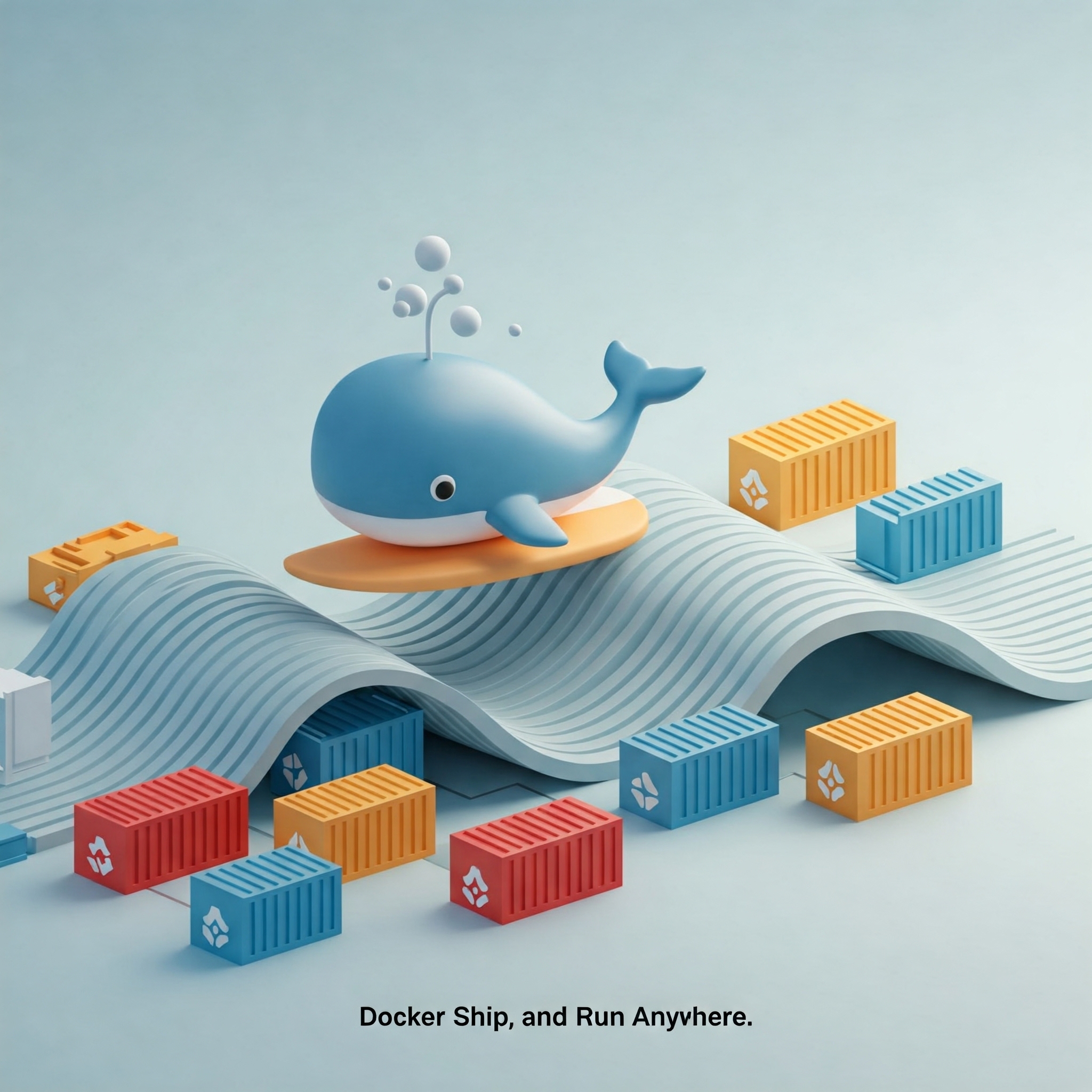In the ever-evolving landscape of software development, Docker has emerged as a game-changing technology, revolutionizing the way we build, ship, and run applications. For developers, DevOps engineers, and system administrators, Docker provides a consistent, portable, and efficient environment that bridges the gap between development and production. In this post, we’ll explore the technical underpinnings of Docker, its core components, and why it has become an indispensable tool in modern software engineering.
What is Docker?
Docker is an open-source platform that enables developers to automate the deployment of applications inside lightweight, portable containers. Unlike traditional virtual machines (VMs), which require a full operating system for each instance, Docker containers share the host system’s kernel and isolate application processes. This makes containers significantly more efficient in terms of resource usage, startup time, and scalability.
At its core, Docker leverages Linux kernel features such as cgroups (control groups) for resource management and namespaces for process isolation. These technologies allow Docker to create isolated environments where applications can run independently, without interfering with each other or the host system.
Key Components of Docker
-
Docker Engine:
The Docker Engine is the runtime that builds and runs containers. It consists of:-
Docker Daemon: A background service that manages Docker objects like images, containers, networks, and volumes.
-
Docker CLI: A command-line interface that allows users to interact with the Docker Daemon.
-
-
Docker Images:
A Docker image is a lightweight, standalone, and executable package that includes everything needed to run an application: code, runtime, libraries, and dependencies. Images are built from a Dockerfile, a text file that contains instructions for assembling the image layer by layer. -
Docker Containers:
A container is a running instance of a Docker image. Containers are isolated from each other and the host system, ensuring consistency across different environments. They can be started, stopped, moved, and deleted using Docker commands. -
Docker Registry:
A Docker Registry is a repository for storing and distributing Docker images. The most popular public registry is Docker Hub, which hosts millions of pre-built images. Organizations can also set up private registries for proprietary images. -
Docker Compose:
Docker Compose is a tool for defining and running multi-container Docker applications. Using a docker-compose.yml file, developers can configure the services, networks, and volumes required for an application stack. -
Docker Networking:
Docker provides several networking options to facilitate communication between containers and the outside world. By default, containers are connected to a bridge network, but users can also create custom networks for more complex setups. -
Docker Volumes:
Volumes are used to persist data generated by containers. Unlike container file systems, which are ephemeral, volumes are stored on the host machine and can be shared among multiple containers.
Advantages of Docker
-
Consistency Across Environments:
Docker ensures that applications run the same way in development, testing, and production environments. This eliminates the infamous "it works on my machine" problem. -
Resource Efficiency:
Containers share the host OS kernel, making them much lighter than VMs. This allows for higher density and better utilization of hardware resources. -
Rapid Deployment:
Containers can be started in milliseconds, enabling faster scaling and deployment cycles. This is particularly useful in microservices architectures. -
Portability:
Docker images are platform-agnostic, meaning they can run on any system that supports Docker, whether it’s a developer’s laptop, a cloud server, or an on-premises data center. -
Ecosystem and Community:
Docker has a vast ecosystem of tools and a thriving community. Tools like Kubernetes, Prometheus, and Jenkins integrate seamlessly with Docker, enhancing its capabilities.
Use Cases for Docker
-
Microservices: Docker is ideal for breaking down monolithic applications into smaller, independently deployable services.
-
CI/CD Pipelines: Docker simplifies the creation of consistent build and test environments, streamlining continuous integration and delivery.
-
Hybrid Cloud: Docker’s portability makes it easier to move workloads between on-premises infrastructure and cloud providers.
-
Development Environments: Developers can use Docker to create isolated environments for testing new features or debugging issues.
Getting Started with Docker
To start using Docker, follow these steps:
-
Install Docker Engine on your system.
-
Pull a pre-built image from Docker Hub or create your own using a Dockerfile.
-
Run a container using the
docker runcommand. -
Explore advanced features like Docker Compose and Docker Swarm for managing multi-container applications.
Conclusion
Docker has fundamentally changed the way we think about application deployment and infrastructure management. By providing a lightweight, consistent, and portable environment, Docker empowers teams to deliver software faster and more reliably. Whether you’re a developer, a DevOps engineer, or an IT professional, mastering Docker is a critical skill in today’s tech-driven world. So, dive in, experiment, and unlock the full potential of containerization with Docker.
